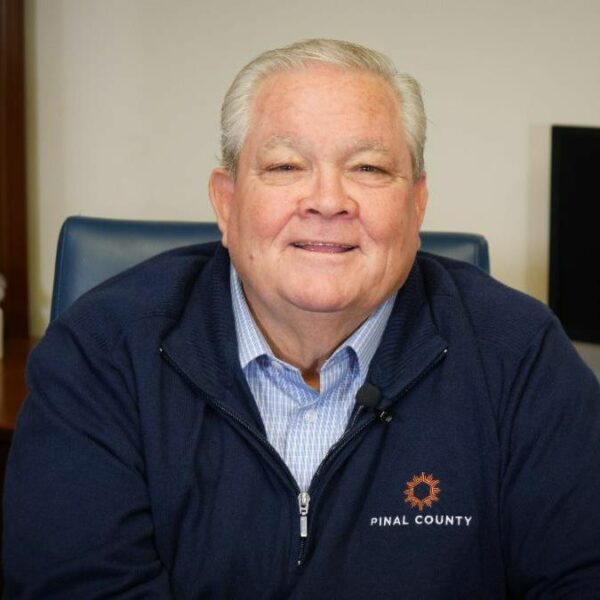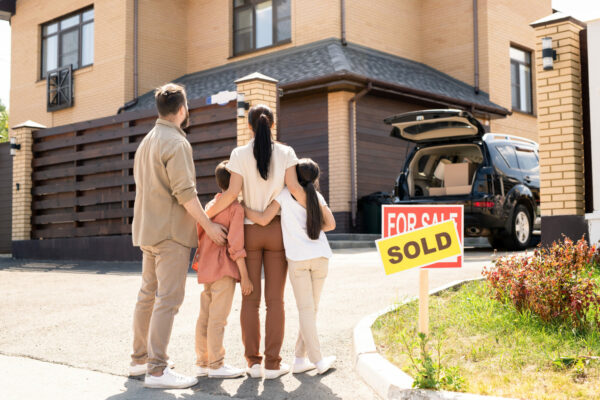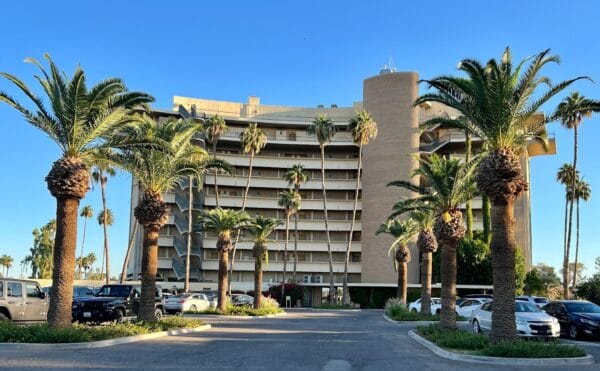
A USA TODAY examination shows that thousands of “green” builders win tax breaks, exceed local restrictions and get expedited permitting under a system that often rewards minor, low-cost steps.
By Thomas Frank
USA TODAY
The Palazzo Hotel and Casino boasts many features of Las Vegas excess — an indoor waterfall, a smoke-filled gaming area, seven decorative fountains, and guest suites with three TVs and power-controlled curtains.
Yet the 50-story complex achieved an unlikely and lucrative milestone after opening in 2008. A powerful private organization declared it an environmentally friendly “green” building, the world’s largest at the time.
The designation won its owner, Las Vegas Sands Corp., a $27 million tax break over 10 years because a Nevada law puts the private interest group — not the government — in charge of deciding which buildings are green enough for a taxpayer subsidy.
The U.S. Green Building Council, a building industry non-profit, credited the Palazzo for having bike racks in the garage; room cards telling guests when towels are replaced; landscaping that does not use grass, which local law prohibits anyway; and preferred parking for fuel-efficient cars — spots that on a recent week were occupied by Ford Expeditions, Chevy Tahoes, Range Rovers, Mercedes E320s, Chrysler 300s, Audi A6s, vans, sports cars and a Hummer.
The council even sidestepped its own policy and allowed smoking in the Palazzo casino, a 2.5-acre expanse between the hotel lobby and the hotel elevators.
Across the United States, the Green Building Council has helped thousands of developers win tax breaks and grants, charge higher rents, exceed local building restrictions and get expedited permitting by certifying them as “green” under a system that often rewards minor, low-cost steps that have little or no proven environmental benefit, a USA TODAY analysis has found.
The council has certified 13,500 commercial buildings in the U.S. as green and become one of the most influential forces in building design by helping persuade public officials and private builders to follow its rating system, known as LEED.
More than 200 states, cities and federal agencies now require LEED certification for new public buildings, even though they have done little independent and meaningful research into LEED’s effectiveness. LEED can add millions to construction costs while promising to cut utility bills and other expenses.











